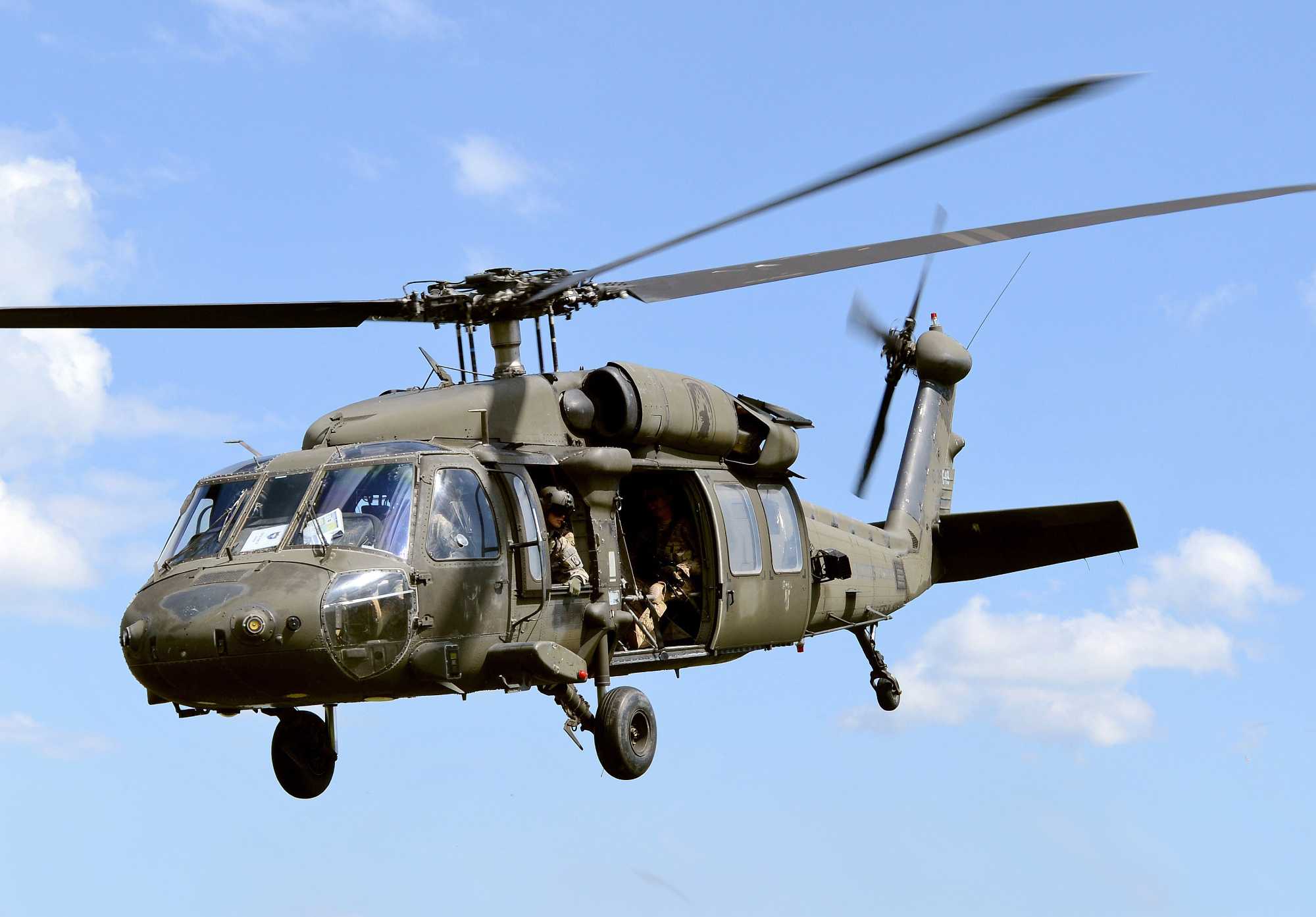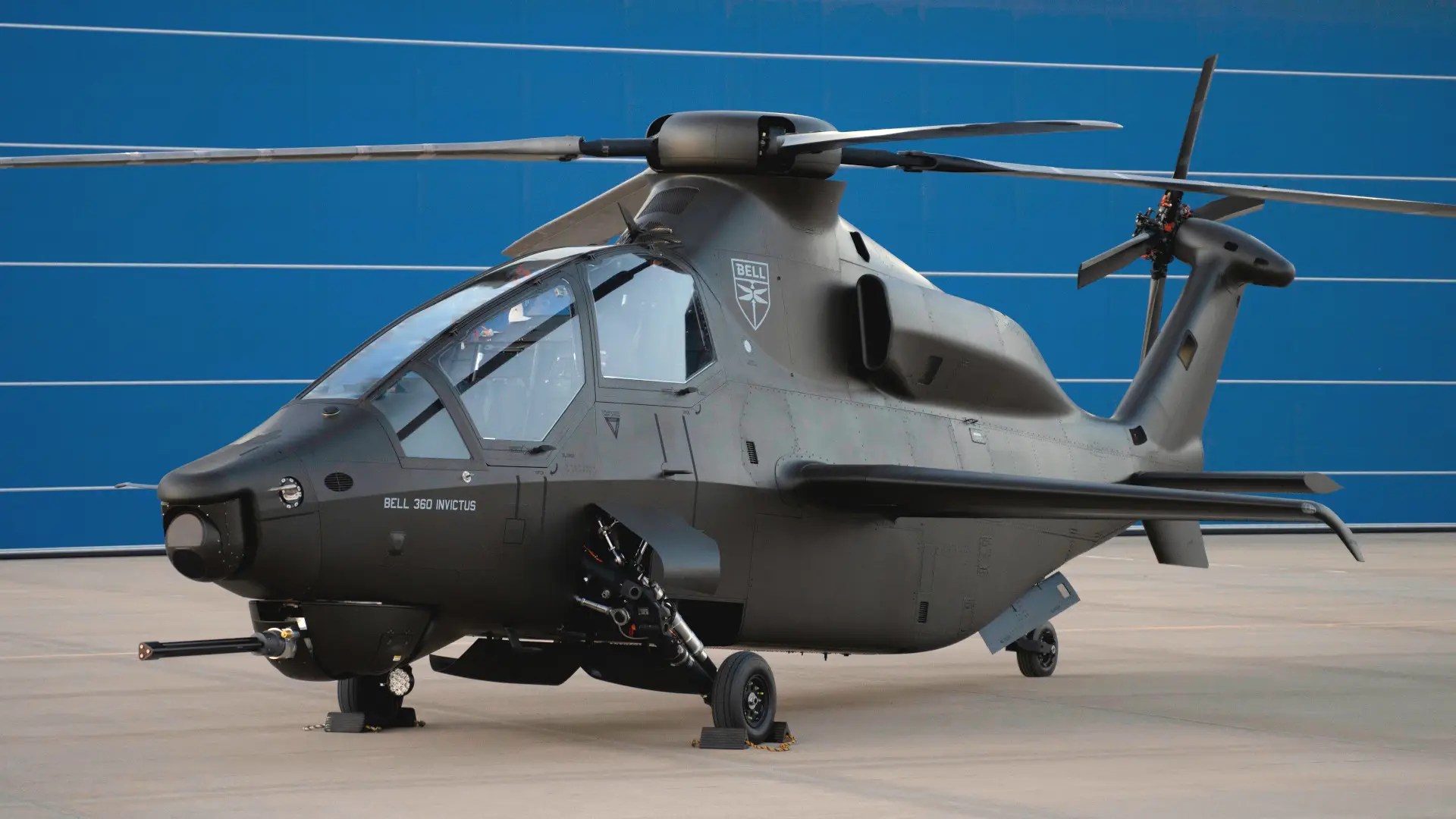US Next-Gen Chopper: ‘Chopped’ Due To Ukraine War, FARA Engines Could Power Black Hawk, Apache Helos

The US Army’s UH-60 Black Hawk may receive a next-generation power plant—General Electric’s Improved Turbine Engine Program (ITEP) engine—that was meant for the now-canceled Future Attack Reconnaissance Aircraft (FARA) project.
Read on AfriPrime Android Web View app ...Click on the link to Amazon Adroid app store....
As reported earlier, the announcement of dumping the FARA program, costing over $2B, was made on February 8, 2024. Army Chief of Staff General Randy George said, “We are learning from the battlefield—especially in Ukraine—that aerial reconnaissance has fundamentally changed.”
Designated by developer General Electric (GE) as the T901, the engine’s rollout experienced a slew of delays owing to “technology development and supply chain issues,” according to Defense News. The UH-60 Black Hawk will first receive the capability, followed by the AH-64 Apache attack helicopter.
It is not yet known how many units of the UH-60 and the AH-64 the US Army plans to upgrade with the new engine. The service is yet to come out with a new plan.
Engine Leftover from Canceled FARA Program
FARA was a part of the larger Future Vertical Lift (FVL) program, the other component being the Future Long Range Assault Aircraft (FLRAA).
While the FLRAA is meant to replace the Sikorsky UH-60 Black Hawk, FARA was supposed to find a modern alternative for the OH-58D Kiowa Warrior to perform lightly-armed reconnaissance. The Kiowa Warrior’s role was to find targets as a forward surveillance and reconnaissance scout for the Apache helicopter gunships.
For the FLRAA, the US Army tested two technology demonstrators (TD): Sikorsky-Boeing’s ‘Defiant X,’ a contra-rotor (or coaxial rotor) helicopter, and Bell’s V-280 tilt-rotor aircraft.
The FARA, until it was canceled in February this year, had Bell’s 360 Invictus and Sikorsky’s Raider X as contenders. The Raider X, incidentally, is a shorter, slightly modified version of the Defiant X. Both programs are part of the US Army’s larger Future Vertical Lift (FVL) program.
The Army’s decision to shelve the FARA also came after the competing Bell and Sikorsky teams received the new engines for the prototypes they were building. By the time it canceled the project, the US Army had spent $2.4 billion on it.
The plan to install the ITEP engine on the Black Hawk is also consistent with a recent statement by US Southern Command chief General Laura Richardson, who talked about synergies between the (canceled) FARA and the ongoing FLRAA efforts.
“FARA was to deliver the capability to…create advantages for the FLRAA to exploit,” Richardson was quoted in a report. “FLRAA remains a game changer that brings transformational speed, range, (and) enables expanded maneuver from the sanctuary, including strategic self-deployment. And just as importantly, on the modern battlefield, (it) rapidly aggregates the ground force for pre-survivability and is perfectly suited to operate in contested logistics environments,” as well as advanced manned and unmanned teaming.
Engine Tests On FARA
The T901 engine will replace the 1970s-era T700 and provide aircraft with a 50% power increase, 25 percent improved fuel consumption, and reduced energy usage and carbon emissions.
The engine is also expected to have more durable components to lower life-cycle costs. Sikorsky president Paul Lemmo told journalists at the Army Aviation Association of America’s (AAAA) annual summit that the ITEP/T901’s trials would take place at the company’s test center at West Palm Beach in Florida.

Sikorsky had taken advantage of fiscal 2024 FARA program funding before its official cancellation at the end of the year to test the ITEP on the prototype. This was ahead of integrating the engine to the UH-60, to drive down risk, Lemmo said. On April 10, the company conducted the ITEP’s first ground run in the FARA prototype, Lemmo added.
“We lit off the engine and turned rotors for the first time on our FARA (competitive prototype),” Lemmo said. Obviously, watching the rotors turn could be mundane, but it’s pretty exciting to see multiple years’ worth of work that went into that aircraft and that engine by our partners General Electric.”
Lemmo added that the ITEP had been tested before. But it was on “stands,” and this being the “first time” it was under a “full load, turning rotors,” as the company “collected” and “analyzed” the data. The engine itself “performed well.” “The Army authorized Sikorsky to run the rotors at full speed to further test ITEP and collect more data. “The ITEP engine, when installed, also fit into the aircraft with no issues,” Defense News further quoted Lemmo.

Integration With Black Hawk Helicopters
The ITEP’s integration and “fitting” with the FARA airframe has given the company confidence that all the connections should match when installed onto the Black Hawk. Brig. Gen. David Phillips, the Army’s program executive officer for aviation, had said at the AAAA event that it planned to deliver two ITEP engines to Sikorsky between May and June.
Sikorsky would then conduct a “fit check” with one engine in one of the two modified Black Hawks and install one on the other Black Hawk for actual ground runs and flight tests. These ground tests can begin within a month of receiving the engines.
According to Lemmo, “It’s probably going to take a good six months to integrate, do the ground runs…and the aircraft to begin flying after we get the engine,” he added. Phillips predicted that getting in the air would “probably occur next year, just based on the schedule where we’re at today.”
- Questions and Answers
- Opinion
- Story/Motivational/Inspiring
- Technology
- Art
- Causes
- Crafts
- Dance
- Drinks
- Film/Movie
- Fitness
- Food
- Jeux
- Gardening
- Health
- Domicile
- Literature
- Music
- Networking
- Autre
- Party
- Religion
- Shopping
- Sports
- Theater
- Wellness
- News
- Culture
- War machines and policy

